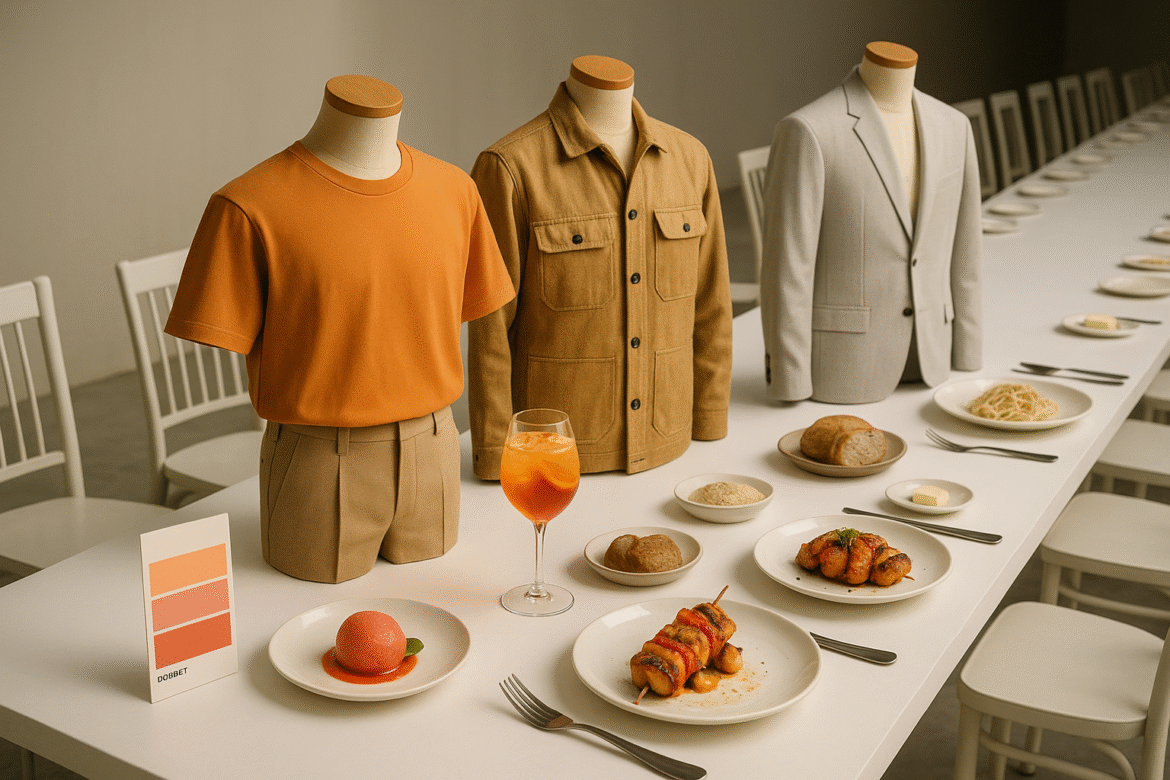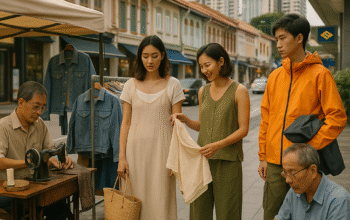As attention fragments, brands compete with experiences, not just images. Food–fashion collaborations excel because they translate visual identity into flavor, texture, and temperature—channels the brain encodes rapidly. The best activations start with a clear creative thesis and treat cuisine as a narrative device, not décor.
For launches, a traveling supper club can preview a collection city by city. Each stop adapts local produce into the brand palette, creating both scarcity and cultural relevance. Install micro-runways between courses, or let servers wear the capsule uniforms. QR codes on menus unlock AR fittings or behind‑the‑scenes atelier footage.
On social, co-created content beats one‑off posts. Invite a chef to deconstruct a garment’s structure as if it were a layered pastry; have a patternmaker explain knife skills mirrored in seam allowances. Viewers appreciate craft analogies that respect both trades. Livestreams offer Q&A where audiences vote on garnishes or trims in real time.
To quantify impact, triangulate: 1) pre/post brand lift in associations like “innovative” or “authentic,” 2) attributable revenue via scan-to-buy links, and 3) community growth among culinary and style niches. Sentiment analysis can flag whether conversation centers on taste, looks, or values, guiding future emphasis.
Ethics and logistics require diligence. Obtain permits, maintain cold chains, and isolate allergen prep. Outfit backstage with garment-safe snacks to prevent stains. Use mild scent protocols to protect guests sensitive to fragrance. Publish sourcing notes highlighting fair labor in both kitchens and factories.
Creative risks pay off when tethered to function. Edible invitations—pressed fruit leather embossed with monograms—arrive as keepsakes. A dessert course served on reclaimed tile references a ceramic print. Collaborations with farmers’ markets or textile museums root the spectacle in community rather than pure hype.
In short, treat the project like a symphony. Tempo (service flow), motif (signature ingredient), and orchestration (casting chefs, stylists, florists, lighting) must work in concert. When they do, audiences don’t just view a collection—they experience its flavor profile and carry that memory into purchase decisions.




